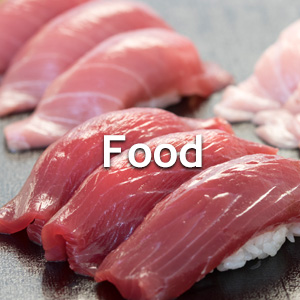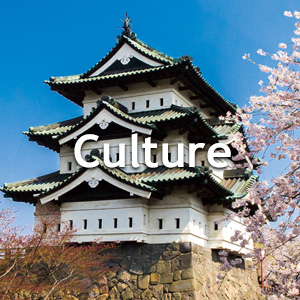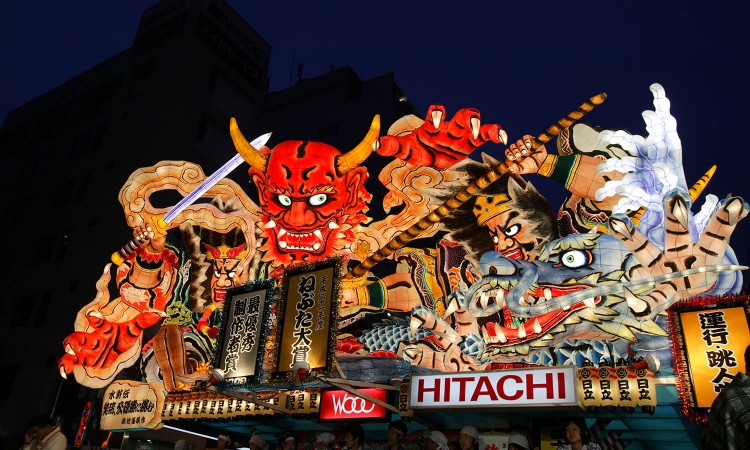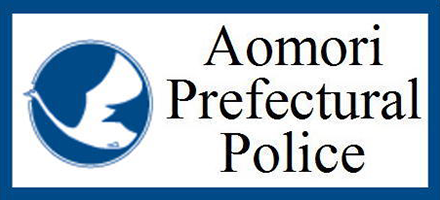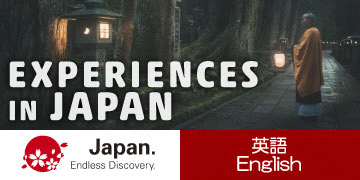The “teppen” (tip) is a treasure trove of inspiration.
A Trip around Shimokita peninsula.
The Miraculous Unexplored Nature
A Sight to Shake Your Soul Awaits You

Once upon a time, the Shimokita peninsula was known as the frontier of Japan. Visitors are known to experience an unforgettable range of wilderness and memorable sights. Over many years, rough waves eroded the precipice of Hotokegaura, turning it into a fantastically shaped rock formation, now a National Natural Monument. Mt. Osore, one of the three sacred mountains is considered to be the end of the world sacred spot.
At the windy northernmost cape, Shiriyazaki, horses known as Kandachime with stout legs can be seen on the fields. They are a prefectural Natural Treasure. These horses are characterized by their short stout frames, seeing them standing in snowy fields is a fascinating sight. In spring, after birthing season, small adorable foals can be seen next to their mothers.
A popular activity during the fresh green spring or auburn autumn seasons is trekking through Kawauchi River Gorge and Yagen Gorge. There are walking trails throughout both areas, allowing visitors to immerse themselves in the wilderness and enjoy the scent of the forest and sounds of birds and stream.
Yokohama-machi holds the largest rape blossom growing area with 128 hectare. Every year around mid-May the entire town becomes colored in yellow and the Rape Blossom Festival is held.
The greatest feature of Shimokita peninsula is the natural roughness and magic of wilderness, in addition to the heart-healing sights. Traveling in Shimokita peninsula invites visitors to enjoy the contrast of motion and stillness throughout.
At the Gourmet peninsula Shimokita
Encounter an unforgettable taste

Shimokita peninsula is a treasure trove for rare delicacies, including Oma Tuna, caught by pole-and-line fishing style, the Kazama cape angler fish, and the fresh squid. At the Sai Regular Sightseeing, passengers of the excursion boat from May to the end of July are able to experience the peeling of sea urchin. The sweetness and ocean scent that spreads in your mouth can only enjoyed on the spot.
The Yokohama Namako, which can be caught only at a specific time near the end of year, is known as one of the best in Japan. At the Yokohama-machi restaurant, the Yokohama Namako Fair is held with products being sold at the local michinoeki market.
Channel Salmon are fresh water rainbow trout that are farmed in the outside ocean of Tsugaru Channel. The meat has a perfect amount of fat and a firmness with appetizing deep red coloring.
There are many more options to be explored, even connoisseurs leave satisfied with the taste of products from Aomori. Traveling to Aomori is worth the trip if it is only to enjoy the delicacies and food from Aomori.
Yagen Onsen, the Bath of Forest and Stream
Shitaburo Onsen, a Rare Sulfite Spring by the Ocean

There are two hot springs in Shimokita peninsula. One,located by the Ohata River surrounded by virgin beech tree,is known as Yagen Onsen. The picturesque beauty of the forest and river changing through the seasons treat visitors with a deep peace. Many special events are in planning to celebrate the 400th anniversary since opening.
If you go further north, the Shitaburo Onsen district is located in the Kazamaura-mura overlooking the Tsugaru Channel. The hot spring surrounded by mountains and the ocean features three types of sulfite springs. A mixed bath “Oyu” and “Shinyu” are popular spots for community networking with locals and fishermen. Bathing in the hot spring while listening to the sound of the ocean is simply extraordinary.
The Goddess Who Can be Seen Once a Year
The Tempisama Parade, the One and Only in Tohoku Area

In Oma town, the Tairyo Kigan Festival and Tempi-sama Parade are held annually on Marine Day in July with hopes for safety in the ocean and fruitful catches.
The goddess Tempi is also called Mazu in China, Taiwan, and other Southeast Asian countries. She is the patron goddess of seafarers. The annual festival and parade started in 1996, when Oma celebrated the 300th anniversary of the relocation of a shrine. Fire crackers and gongs are sounded during the unique Oma parade as statues of dragons, gods, and giants walk through the streets. It is the only festival celebrating Mazu and many Taiwanese worshippers also visit the celebration.

